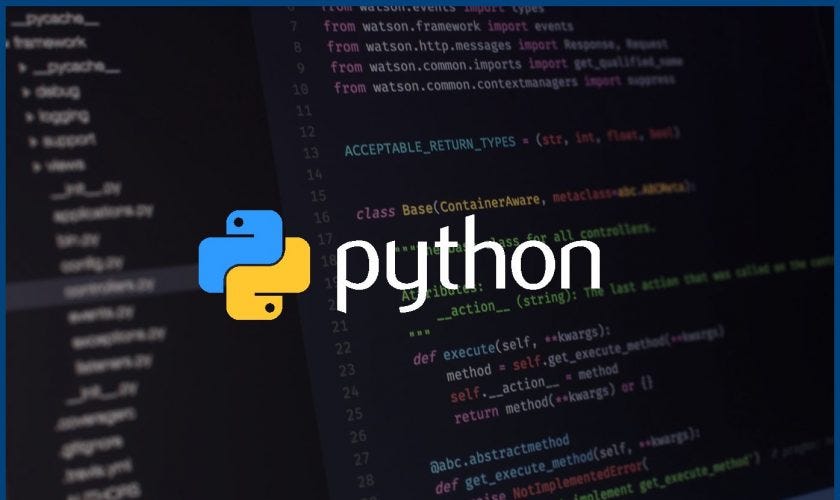Python is a programming language that lets you work more quickly and integrate your systems more effectively. Python can be easy to pick up whether you're a first time programmer or you're experienced with other languages.
This tutorial is designed to help people teach themselves Python.
YOUR FIRST PROGRAM
Let's start off by creating a short program that displays "Hello world!".
In Python, we use the print statement to output text.
The print statement needs to be followed by parentheses, which enclose the output we want to generate.
Printing Text
The print statement can also be used to output multiple lines of text.
Each print statement outputs text from a new line.
Creating and Printing variable
Variables are containers for storing data values. Unlike other programming languages, Python has no command for declaring a variable.
A variable is created the moment you first assign a value to it.
A variable can have a short name (like x and y) or a more descriptive name (age, carname, total_volume). Rules for Python variables:
- A variable name must start with a letter or the underscore character
- A variable name cannot start with a number
- A variable name can only contain alpha-numeric characters and underscores (A-z, 0-9, and _ )
- Variable names are case-sensitive (age, Age and AGE are three different variables)
Output Variables
The Python print statement is often used to output variables.
To combine both text and a variable, Python uses the + character:
Input Function
The
input() function allows user input.
Comments
Post a Comment